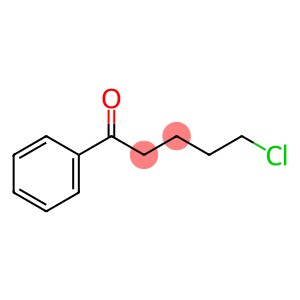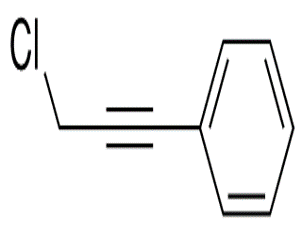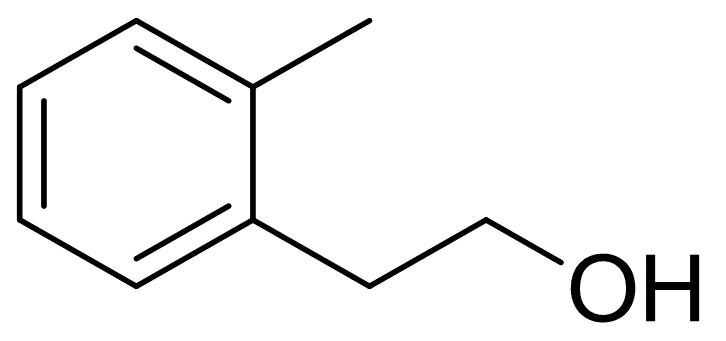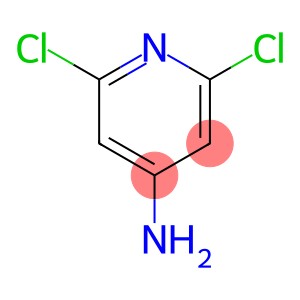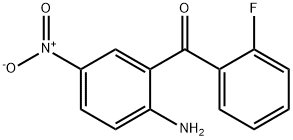5-chloro-1-phenylpentan-1-one(CAS#942-93-8)
5-chloro-1-phenylpentan-1-one(CAS#942-93-8)
5-chloro-1-phenylpentan-1-one, CAS number 942-93-8, has a unique position in the chemical and related industries.
In terms of chemical structure, its molecular structure contains a chlorine atom, a phenyl group, and an pentanone building block. The introduction of chlorine atoms enhances the polarity of the molecule and changes its chemical activity, the phenyl group brings a conjugated system, giving the molecule a certain stability and electron cloud distribution characteristics, and the pentanone structure determines the chemical reactivity of its carbonyl group, and these groups cooperate with each other to build a chemical structure with diverse reaction potential. It usually appears as a colorless to light yellow liquid in appearance, and this liquid form is easy to handle and transfer in organic synthesis reaction systems. In terms of solubility, it can be well dissolved in common organic solvents, such as ether, chloroform, etc., which provides convenience for the chemical reaction with it as raw material, and is conducive to full mixing and reaction with other reagents.
It is an important intermediate in organic synthesis applications. With its unique structure, it can participate in a variety of organic reactions, such as through nucleophilic substitution reaction, introducing different functional groups to further synthesize compounds with more complex structures, which are used in the preparation of fine chemicals such as pharmaceuticals, pesticides, and spices. In the field of medicine, it is expected to synthesize drug molecules with antibacterial, anti-inflammatory and other activities with it as a starting material; In terms of pesticides, it is possible to construct active ingredients that have a specific control effect on pests; In fragrance synthesis, a series of transformations can give spices a unique aroma and persistence.
In terms of preparation methods, the industry often adopts a step-by-step synthesis strategy, starting from the basic halogenated hydrocarbons, aromatic compounds and other raw materials, and through classical organic reaction steps such as Friedel-Crafts acylation reaction, to construct the target product. Researchers are constantly improving process conditions, including optimizing catalysts, controlling reaction temperatures and material ratios, to increase yields, reduce by-product formation, and meet the needs of large-scale industrial production. With the advancement of the concept of green chemistry, the optimization of the synthesis route of 5-chloro-1-phenylpentan-1-one focuses on reducing energy consumption and pollution, promoting the sustainable development of related industries, and providing better and low-cost raw material support for various fields.


